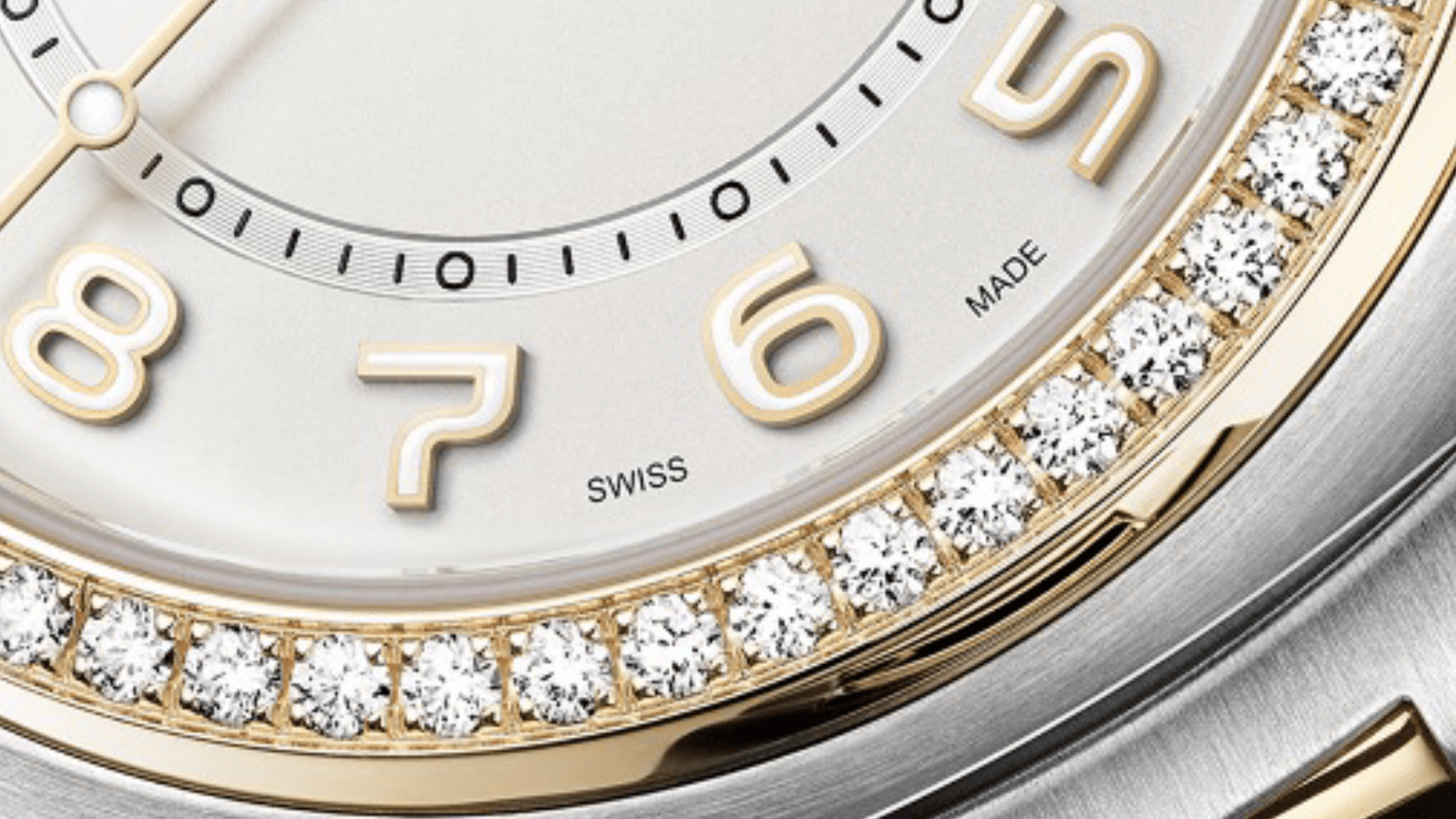Swiss watchmaking was not always the gold standard. In the eighteenth and early nineteenth centuries, Switzerland was considered a hub for lower-cost, mass-produced watches, often imitating the higher-quality English and French timepieces of the era. However, as industrialisation took hold, Swiss manufacturers refined their production methods, embracing the établissage system—a decentralised approach where independent craftsmen produced parts that were later assembled by a watchmaker.
By the late nineteenth century, Swiss brands had overtaken their European competitors, thanks in part to their ability to blend mass production with artisanal skill. The Swiss watch industry boomed, but with success came the need for protection. To prevent counterfeiting and maintain credibility, the Swiss government introduced the first legal definition of "Swiss Made" in 1971. This required that the watch movement be Swiss, that the movement be cased up in Switzerland, that the final inspection take place in Switzerland, and that at least fifty per cent of the movement's value be derived from Swiss components.
This law remained largely unchallenged for decades, even surviving the Quartz Crisis of the 1970s and '80s, where cheaper, more accurate quartz watches from Japan nearly wiped out the Swiss mechanical watch industry. The revival of Swiss watchmaking in the late '80s and '90s, led by brands like Swatch and Omega, ensured that "Swiss Made" once again became synonymous with quality. However, as globalisation and outsourcing became the norm, cracks in the system began to show.
Loopholes and the 2017 Amendment
Over time, the "Swiss Made" label became more of a marketing tool than a guarantee of authenticity. Many Swiss brands relied on components manufactured in Asia, particularly for cases, dials, and bracelets, while still legally using the "Swiss Made" label under the fifty per cent rule.
To counteract this, Switzerland revised the "Swiss Made" ordinance in 2017, strengthening the regulations. The new rules stated that sixty per cent of the total watch's production cost must now be Swiss-based. Research and development costs could now be counted as part of this sixty per cent threshold. The movement itself had to still be at least fifty per cent Swiss by value. Final assembly and inspection had to take place in Switzerland.
While this amendment closed some loopholes, critics argued that brands still exploited the rules by inflating Swiss-based costs such as marketing and R&D while sourcing components like hands, cases, and crystals from Asia. This meant that many entry-level and mid-tier Swiss brands still heavily relied on foreign parts, despite carrying the "Swiss Made" label. This has led to a growing consumer scepticism—does "Swiss Made" actually mean Swiss craftsmanship anymore, or just a Swiss assembly line?
In response to these concerns, high-end independent watchmakers and prestigious luxury brands have distanced themselves from "Swiss Made" by emphasising their own higher standards of craftsmanship. Brands like Patek Philippe, Audemars Piguet, and A. Lange & Söhne (though the latter is German) often go far beyond the minimum requirements of "Swiss Made." Instead of relying on third-party suppliers for parts, they maintain full in-house production, from movements to cases to finishing—aiming for over 90% of their parts made in Switzerland.
Some independents, such as Philippe Dufour and Greubel Forsey, avoid the "Swiss Made" label entirely, instead branding their watches as "Handcrafted in Switzerland" or simply "Made in Switzerland" to reflect their entirely Swiss-based manufacturing process. The message was clear: if everything is "Swiss Made," then the term starts to lose meaning. For true luxury brands, craftsmanship and transparency now matter more than the label itself.
Famously, one of the most vocal critics of the "Swiss Made" label was H. Moser & Cie, who famously created the "Swiss Mad Watch"—a satirical piece designed to expose the contradictions within the regulation. Launched in 2017, the watch featured a case made from actual Swiss cheese, blended with a resin composite for durability. Priced at 1,081,291 Swiss francs, a tongue-in-cheek reference to the founding year of the Swiss Confederation, the Swiss Mad Watch mocked the idea that the "Swiss Made" label was a true marker of heritage and authenticity. H. Moser & Cie went even further by stripping the label from their dials entirely, arguing that their watches, which were over ninety-five per cent Swiss in origin, should not be placed in the same category as brands barely meeting the sixty per cent threshold.
Do Buyers Still Care About "Swiss Made"?
For collectors and enthusiasts, the "Swiss Made" label still holds value, but mostly as an entry-level marker of quality rather than an absolute guarantee. The real shift in recent years has been towards transparency. Brands that openly disclose the origins of their parts—such as Grand Seiko in Japan, Nomos in Germany, and independent Swiss brands like Moser and MB&F—have gained traction among knowledgeable buyers who care more about quality than a legal technicality. Meanwhile, for the mass market, "Swiss Made" remains an incredibly powerful marketing tool. Studies show that buyers associate Swiss watches with prestige, durability, and superior craftsmanship, even if they don’t fully understand what the label entails. This explains why brands at the lower end of the spectrum fight hard to qualify for the label, even if their watches contain significant non-Swiss components.
The "Swiss Made" label has a storied history, but its meaning has undoubtedly shifted. What was once a true mark of Swiss craftsmanship is now a regulatory designation that includes major loopholes. However, high-end brands have responded by redefining Swiss watchmaking on their own terms, setting stricter internal standards than those required by law. For buyers, the key takeaway is this: don’t rely on "Swiss Made" alone as an indicator of quality. Instead, look deeper into each brand’s manufacturing process, finishing techniques, and component sourcing. If true Swiss craftsmanship matters to you, the best approach is to research brands that go beyond the bare minimum.
At the end of the day, "Swiss Made" still carries weight—but its real value lies in the brand behind it, not just the words on the dial.






